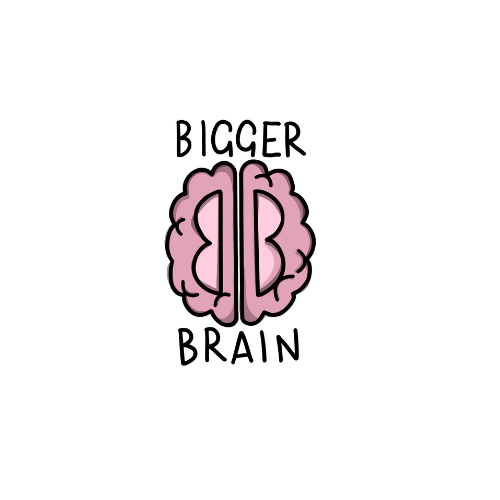Ahh childhood, where curiosity knows no bounds, the learning potential is as vast as the imagination itself. As parents and educators, the aspiration should be to provide future leaders with tools that will enrich their lives and broaden their horizons. In this magical journey, one tool stands out as a potential catalyst for early genius: language. Introducing kids to different languages at a young age not only stimulates cognitive growth, but also opens doors to diverse cultures and perspectives. Today, we’ll find out what are the best languages for kids to learn by the tender age of 5.
A Window to the World
Spanish: The Dance of Words
Spanish, with its rhythmic flow, is one of the most widely spoken languages making it an excellent choice for young minds. Its phonetic nature makes it accessible, and the abundance of colorful stories and songs in Spanish ensures an engaging learning experience.
Mandarin Chinese: Unraveling the Mystery
Mandarin Chinese may seem challenging, but for young children, it's an incredible opportunity. With its tonal nature and unique characters, Mandarin introduces kids to a world of contrasts. Interactive games and multimedia resources can make learning Mandarin an exciting adventure.
French: The Language of Elegance
French, known for its elegance, is a delightful language for kids. With its charming phrases and beautiful sounds, French introduces children to the art of expression. Try incorporating storybooks and games to make learning French a seamless task.
German: A Symphony of Precision
German, renowned for its precision, can be surprisingly fun for kids. Learning German can be like solving a linguistic puzzle, and with the right playful approach, kids can enjoy discovering the logic and structure behind the language.
Sign Language: Where Silence Speaks Volumes
Sign Language, a mode of communication that transcends spoken words while also captivating young minds. With its expressive gestures and profound cultural significance, delving into Sign Language becomes an immersive exploration of a rich and dynamic language where silence speaks volumes.
Beyond Words
Beyond the words themselves, language learning opens doors to various educational and technical skills. The cognitive benefits of bilingualism are well-documented, including enhanced problem-solving skills, improved memory, and better multitasking abilities. Learning different languages at an early age can also contribute to a more profound understanding of mathematics and logical reasoning.
Moreover, exposure to different languages introduces kids to the basics of coding. Understanding the structure of languages, even linguistically, lays a foundation for grasping programming concepts later in life. It’s a subtle introduction to the world of technology and problem-solving that awaits them.
Fun Learning Activities to Do at Home
From interactive apps to multilingual story sessions, it’s easy to immerse kids in the cultural richness of language. Simultaneously, let science join the playdate. Merge language exploration with scientific curiosity through hands-on experiments. Whether it's bilingual cooking sessions, where they follow recipes in a new language, or crafting sessions where they label their creations with foreign words, this fusion of language and science not only sparks their linguistic abilities but also nurtures a love for the wonders of the natural world.
The early years of a child’s life are a canvas waiting to be painted with the vibrant hues of language. As we introduce them to the beauty of words from different corners of the globe, we can nurture their cognitive abilities and instill in them a lifelong appreciation for diversity coupled with interconnectedness. So, let’s charge forward on this linguistic journey with our little language enthusiasts, unlocking doors to a world where communication knows no borders.

